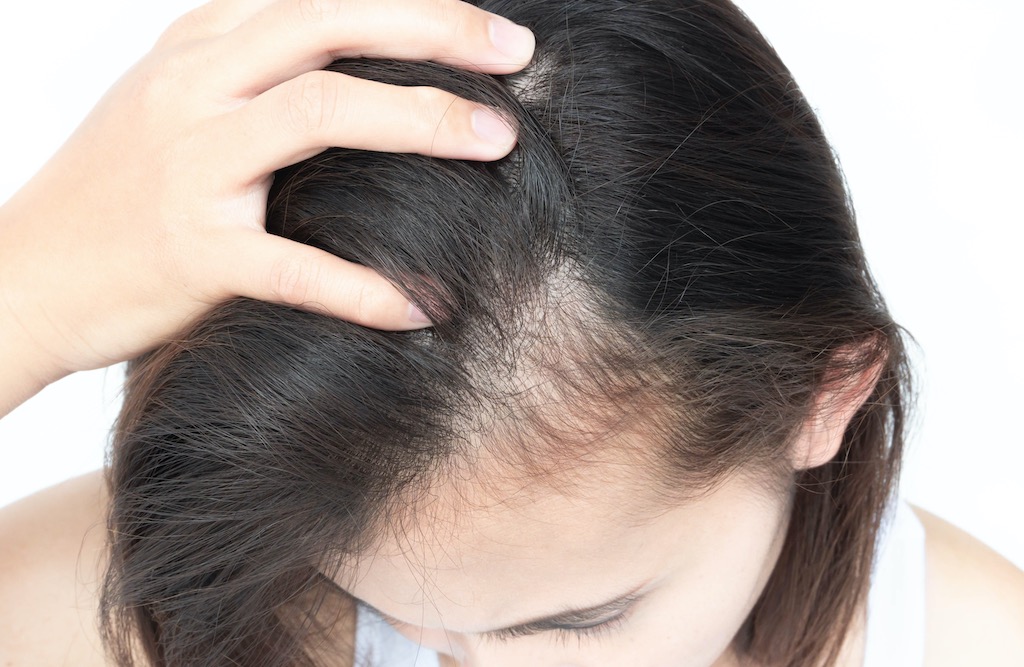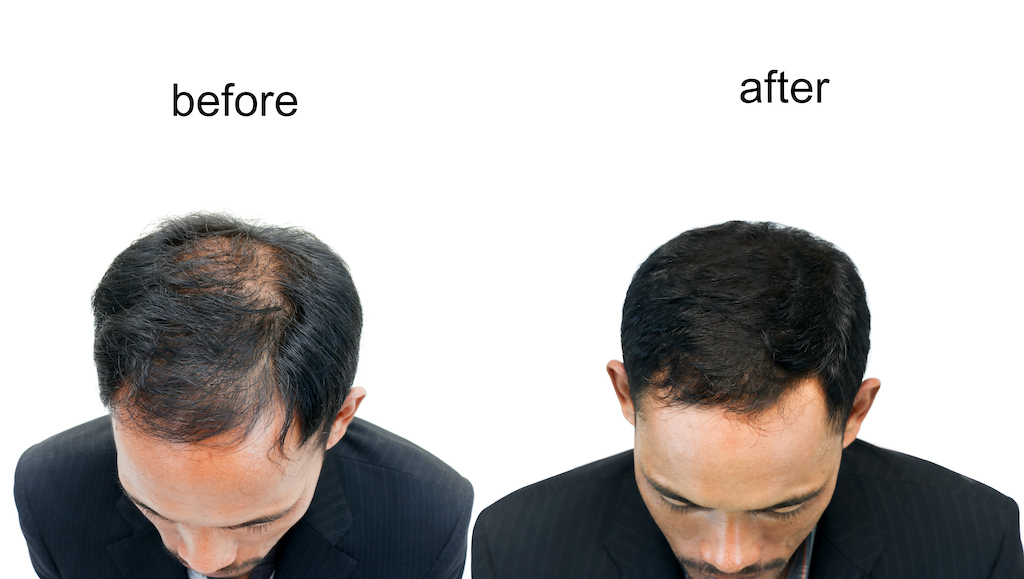Eric Shiah, BA contributed to this article.
Dr. Samuel Lin is a double board-certified Plastic Surgeon and Associate Professor of Surgery at Harvard Medical School who practices in Boston, Massachusetts. Dr. Lin is an active Board Member of the Susan G. Komen for the Cure and Bright Pink Foundations. Dr. Lin is active in both basic science and clinical research with a focus on face/neck/nose surgery (rhinoplasty), breast surgery (reduction, lift, and reconstruction), and body contouring. He collaborates with engineers, scientists, and other plastic surgeons at other institutions within the New England area, nationally, and internationally. He is the editor of several medical textbooks including Aesthetic Atlas of the Head and Neck, Atlas of Body Contouring, and Plastic and Reconstructive Surgery Pearls of Wisdom and Pearls of Wisdom Second and Third Editions. Haute Beauty Expert Dr. Samuel Lin explains what to expect from the procedure, recovery, and final results of a hair transplant surgery.
 Photo Credit: ShutterstockWorldwide, about 60 percent of men and 50 percent of women experience some form of hair loss. Despite its widespread prevalence, hair loss can significantly impact self-esteem and confidence. Furthermore, hair loss is primarily caused by a combination of factors that are oftentimes out of our control: aging, family history of baldness, and changes in hormones.
Photo Credit: ShutterstockWorldwide, about 60 percent of men and 50 percent of women experience some form of hair loss. Despite its widespread prevalence, hair loss can significantly impact self-esteem and confidence. Furthermore, hair loss is primarily caused by a combination of factors that are oftentimes out of our control: aging, family history of baldness, and changes in hormones.
Today, it’s possible to have natural-looking results from hair restoration thanks to significant advances in hair transplant surgery, which has become one of the most exciting and innovative fields in aesthetic surgery. Its effectiveness and ability to produce very natural-looking results have encouraged many balding men and women to opt for this surgical solution.
What is hair transplant surgery and what can you expect?
During a hair transplant procedure, the surgeon removes hair follicles from a dense area of hair on your scalp (donor area) and implants them into areas that are bald or have thinning hair (recipient area).
There are two main types of hair transplant surgeries: follicular unit strip surgery (FUSS) and follicular unit extraction (FUE).
With FUSS, the surgeon removes a strip of skin from the selected donor area of your scalp, typically 6 to 12 inches long and from the back of the head. Your scalp is then closed with stitches and the incision area is immediately covered by the surrounding hair. From there, individual or small clusters of hair follicles are microscopically removed from the donor strip, and small holes are made using a scalpel or needle in the recipient areas before hair follicles are precisely planted in each hole.
During an FUE procedure, the donor area of your scalp is shaved and hair follicles are removed directly from your head. It does not involve removing a strip of the scalp as is done with FUSS. After this point, the follicular hair planting process is the same as FUSS.
During both hair transplant procedures, most patients remain awake during the entire surgery as only local anesthesia given through injections is needed to numb both donor and recipient scalp areas. Some patients also choose to take a mild sedative to help them relax. Depending on the size of the transplant, the procedure will take around four to eight hours with the help of a hair transplant team.
 Photo Credit: ShutterstockWhat will your hair transplant recovery be like?
Photo Credit: ShutterstockWhat will your hair transplant recovery be like?
Once the procedure is completed, the scalp is then bandaged up and patients usually can go home on the same day of treatment with at-home care instructions. Over the next few weeks, you can expect to see mild bruising, swelling, numbness, discomfort, or tightness to the affected areas of your scalp. Small scabs across the treated areas of the scalp will form and may itch at the later stages of the healing process. It is important to avoid picking at the scabs.
At-home care instructions may vary from surgeon to surgeon, but most will state to gently rinse your hair and scalp with a spray bottle using saline water for a few days following surgery. This is done to remove crusting over time while allowing newly planted hair follicles to heal and implant into the scalp. After three days, showering is allowed using gentle, alcohol-free shampoo while avoiding direct shower water spray onto the head. Stitches can be removed in 7 to 10 days, and any signs of bleeding, infection, fever, or unusual drainage should be reported to your surgeon. Other activity restrictions typically include no strenuous exercise for two to three weeks.
Long-term results and outlook after hair transplant surgery
Most hair transplants are successful and the majority of patients see new hair growth after six to nine months. It is also important to know that some transplanted hair will fall out between two and eight weeks after surgery, which is normal. The follicles are still healing and intact, and new hair growth should be noticeable within the following months.
Importantly, since hair is transplanted in the direction in which hair would normally grow in their respective locations, the new hair growth should look natural and any scars should eventually be covered and hard to see.
Down the road, “touch up” procedures can be done to finalize the look of your hair transplant if desired.
For more information, visit Dr. Samuel Lin's social media:





















